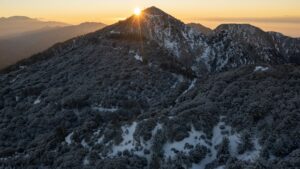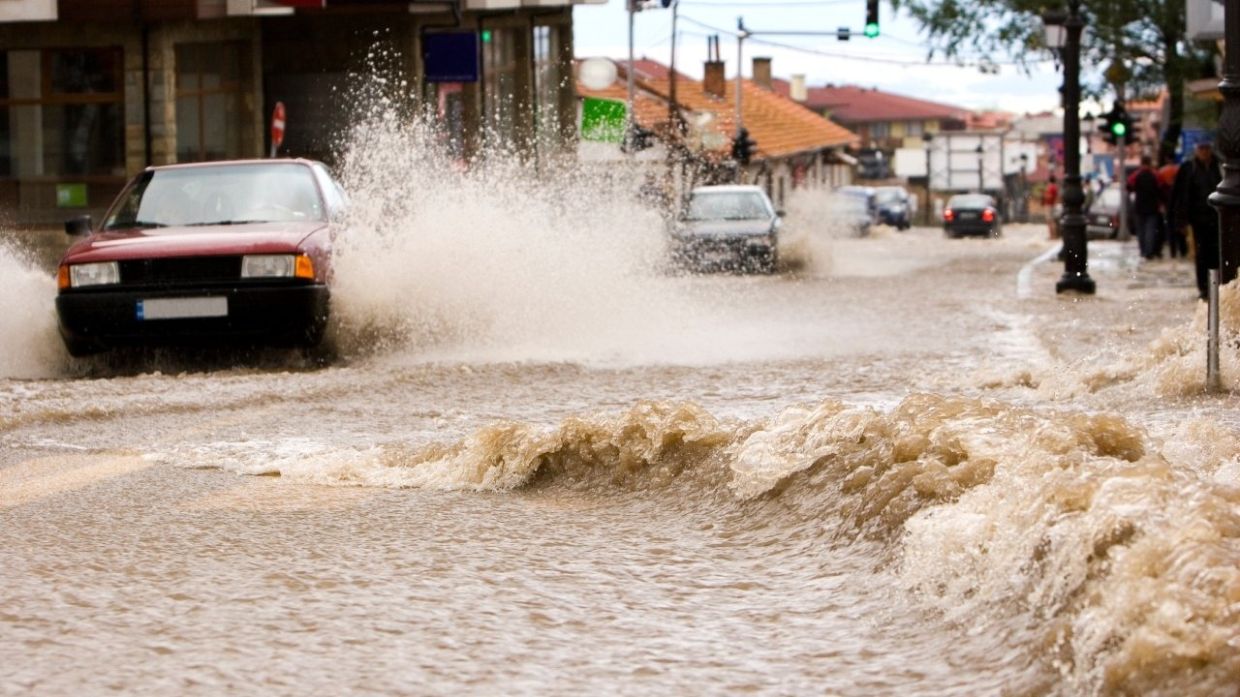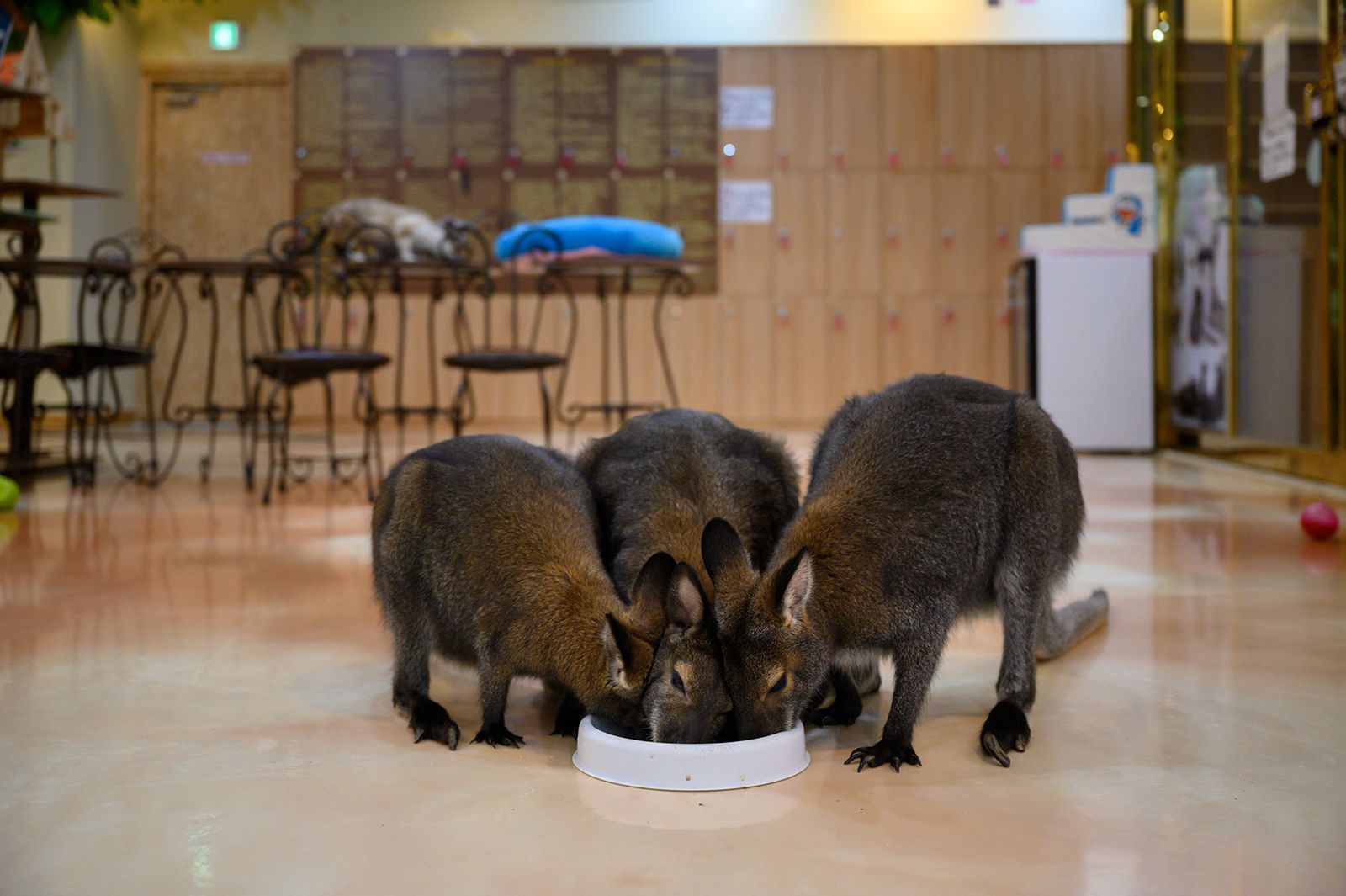Climate change: Feelin’ the Heat: Winter Ain’t What it Used to Be
Climate change. Alright, so winter’s here, but hold up, it’s not exactly playing by the usual rules. The Northern Hemisphere’s tilt away from the sun officially kicks off the shortest day and winter solstice at 10:27 p.m. ET on Thursday. But here’s the thing: it’s getting warmer out there, and it’s not just a regular kind of warm—it’s the kind that’s messing with the winter scene.
Chill No More: Climate change Up Winter
Blame it on human-driven climate change—winter’s taking a hit. See, December to February—the classic winter months—is now racing ahead as the fastest-warming season for almost 75% of the US. This ain’t a local thing either; it’s all over the map. Think about it: 97% of 240 spots across the US have seen temperatures crank up since 1970. We’re talking an average spike of 3.8 degrees Fahrenheit in these warming spots. Some places? Try 7 degrees hotter!

Climate change: Hot Spots and What’s at Stake
Northeast and Upper Midwest are in the lead, warming almost 5 degrees on average. Places like Burlington, Vermont, and Concord, New Hampshire, known for their winter charm, are heating up fast. Even chilly spots like Milwaukee are about 6.7 degrees toastier.
The Warm Winter Catch
Sure, cozying up in milder winters sounds nice, but there’s a flip side. Winter’s got big jobs: it’s crucial for plant and animal life, filling up our freshwater reserves, and keeping that snow for winter fun and local economies.
Not So Chilly After All
Don’t get it twisted, a warmer winter doesn’t mean no cold days. There’ll still be some chills, but they’ll be fewer and less intense. As the average temperature goes up, extreme cold snaps get less wiggle room.
Shorter Cold Spells, Warmer Records
Climate change. Those freezing days? They’re on the decline. Cold snaps are about six days shorter than they were back in 1970. And when it comes to setting records, warm days are winning the race. In 2023, warm records doubled the cold ones. Nighttime? Triple the number of record warm lows compared to the cold ones, according to NOAA.
Climate change: Nights are Getting Toasty
Here’s the kicker: nights in winter are heating up faster than any other season. Since 1900, nighttime temperatures in winter are jumping by 1.78 degrees every century—25% faster than daytime highs.
Freezing Nights: An Endangered Species
Freezing nights? Say goodbye. About 88% of 231 US locations are facing fewer freezing nights yearly since 1970. Reno, Nevada, tops the list, losing a whopping 91 freezing nights each year on average. Even places like Buffalo, New York, aren’t experiencing those weeks of freezing nights anymore.
Industries Feeling the Heat
Climate change. Winter’s change-up is bad news for businesses that rely on that good ol’ cold. Ski seasons could start later and end earlier, potentially costing the US economy a billion bucks, says a study. And agriculture? Fruits and nuts need that chill time to bloom right. But with warming winters, that chill time’s dwindling, risking a 25% drop in California’s fruit and nut production by the century’s end.
Food, Allergies, and Sneezes
With less chill, we’re looking at less produce and possibly lower quality too. That could mess with food prices and security. Plus, longer warm seasons mean more pests and pollen, making allergies a year-round struggle.
Winter’s Springing into Action, Sooner
And brace yourself: thanks to warming winter, spring’s showing up weeks earlier than it used to. Winter lovers might not get that full snowy fix before the season of sniffles and sneezes kicks in.
Wrapping Up
So, winter’s warming up, and it’s not just about breaking out the lighter jackets. It’s messing with nature, shaking up businesses, and might even put a dent in what’s on your dinner plate.



